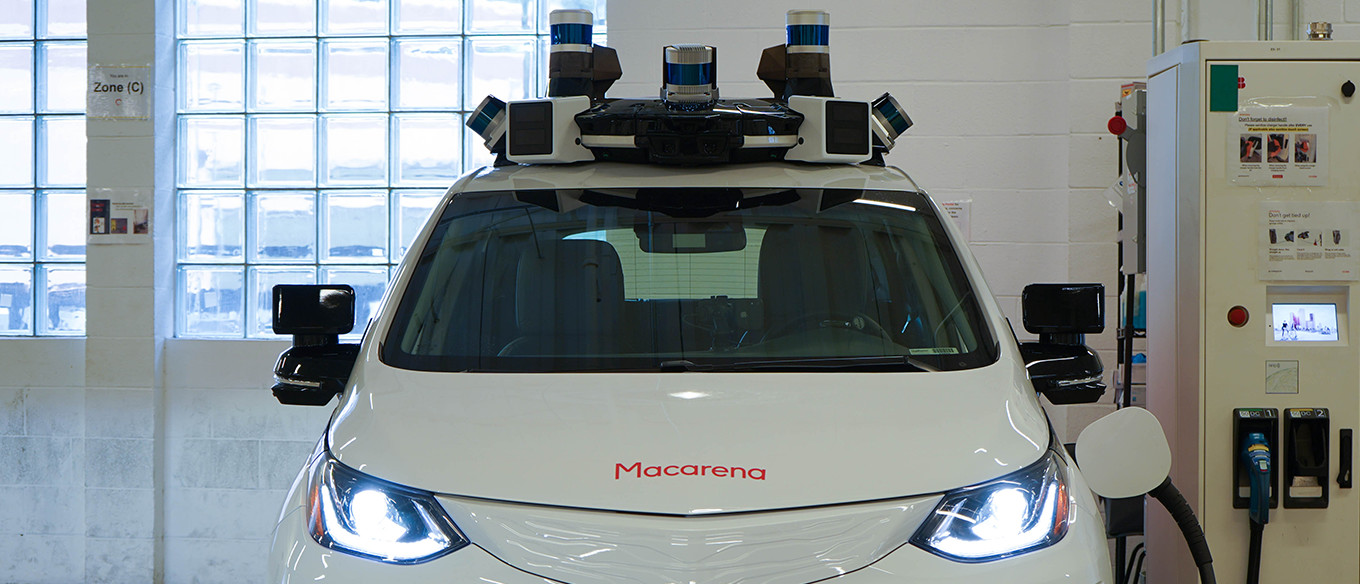Blog Post
1.26.2023
January 2023 Software Release
Share

The latest software release has rolled out to the driverless fleet:
Shipped TSEL v8 (planning model) resulting in ~20% smoother driving overall. More decisive left turns, more human-like behavior at yellow traffic lights (75% improvement), smoother nudging in narrow overtakes and smoothing driving around rear bicyclists.
Shipped STA Bikes v10 and VRU MTL v2 which together improve driving around VRUs in a wide variety of situations through improved anticipation of cyclist and pedestrian behavior.
Shipped pSeg v5.1.3 (a core perception model), which improves detection of fast-moving cyclists by 15% and improves motion detection of nearby pedestrians by 20%.
Shipped PD-v25 (object detection model) resulting in 46% better detection of near-field objects in heavier fog conditions. Riders will now notice smoother driving in fog and soon be able to ride in even heavier fog conditions. Additionally, we expanded our ability to resume a ride after temporarily pulling over for fog.
Improved pick ups and drop offs by more reliably finding a spot to pull over on the first try, reducing the need to circle the block by 90%. We also streamlined the experience when ending a ride early to call for support only in emergencies.
Launched Scene Encoder v0, together with TSEL results in generally smoother driving and specifically better driving around rear cyclists.
Reduced trip interruptions through more robust handling of map edges, less reliance on fallback maneuvers, and increased avoidance of problem areas as AVs encounter them.
Expanded recovery from trip interruptions through expanded support capabilities and better recovery from fallback maneuvers.
Smoother driving in narrow spaces, getting stuck 8% less often and 4-5% smoother in left turns with oncomers and around lane-splitting bicycles.
Improved braking comfort by 67% in certain scenarios involving curved roads, oncomers merging back into their lane and cross-traffic turning into an adjacent lane.
Shipped LPC v3 which improved braking comfort and improved the consistency of driving on steep and wet roads.
Improved yielding trajectories near stop signs and traffic lights, resulting in reduced nudging from the AV.
Shipped motion planning improvements that expanded our ability to perform evasive maneuvers at higher speeds for improved safety.
Shipped real-time detection of new speed bumps, increasing our ability to drive comfortably over speed bumps.
Statistics measuring the percentage of improvement are based on internal benchmarks and metrics.